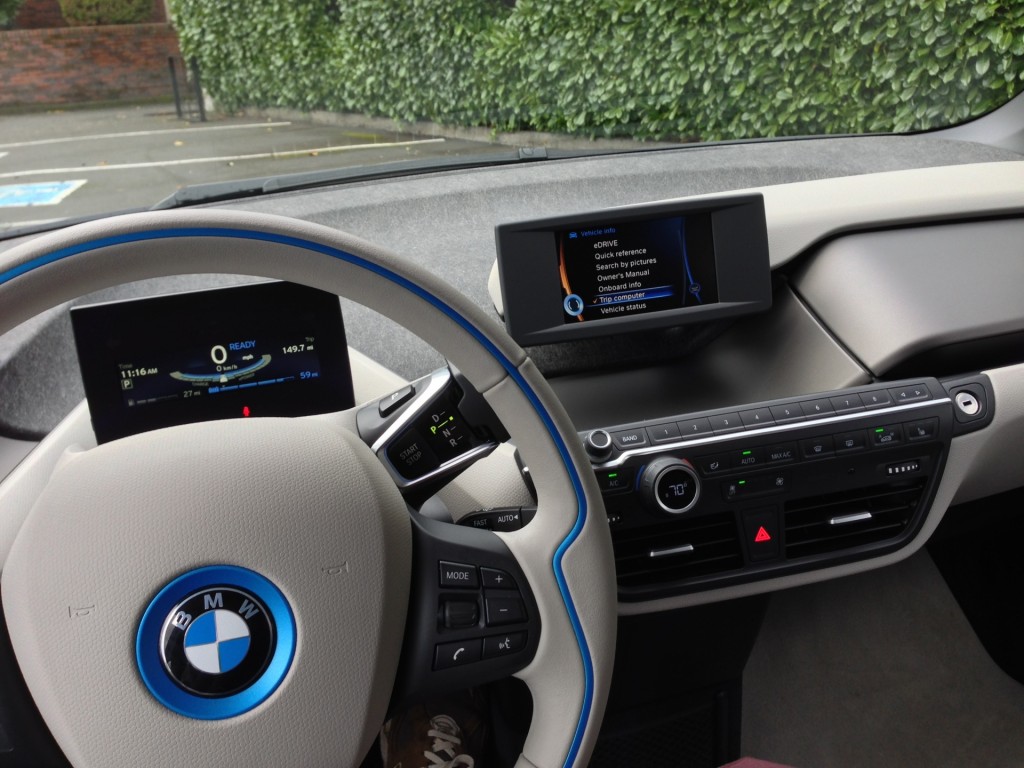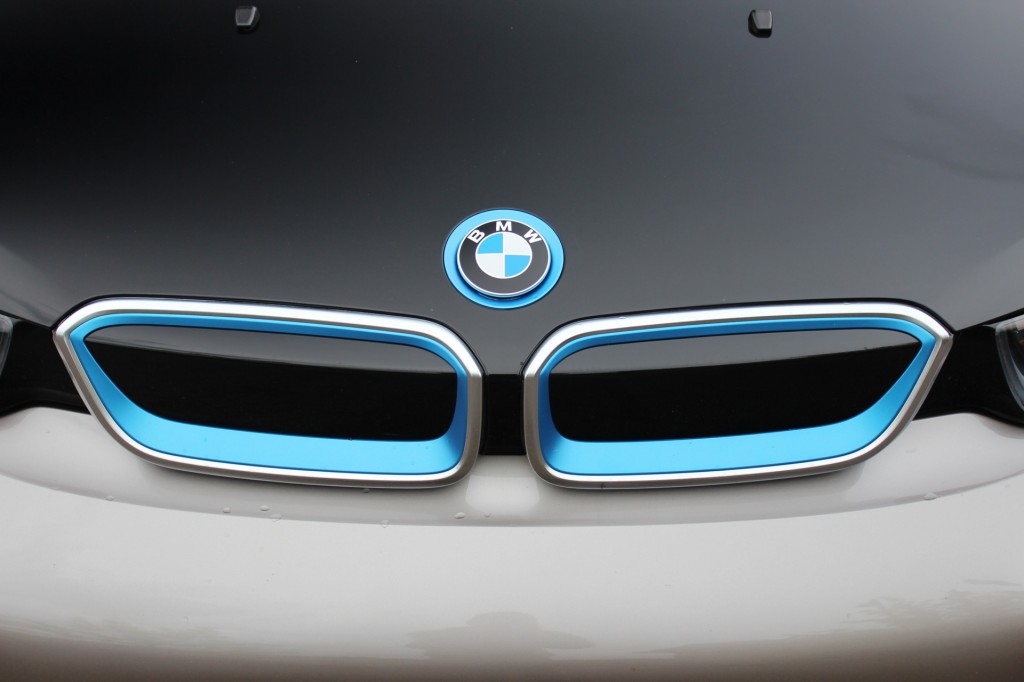Back in January, engineering firm Munro & Associates orchestrated a "tear-down" of a BMW i3 electric car at its facility near Detroit.
The company--which specializes in disassembling new cars, analyzing them, and selling the information to competitors--even posted a video of the process.
Of course, there's more to the i3 than can be summarized in a short video clip, so now Munro & Associates is back with more.
MORE: BMW i3 Electric Car Teardown: Profitable At 20,000 Units, Says Engineer (Video)
Three new videos focusing on the car's carbon fiber-reinforced plastic (CFRP) construction, lithium-ion battery pack, and interior give a better idea of just what makes the i3 tick.
Munro & Associates chief executive A. Sandy Munro hasn't been shy about praising the i3.
He previously said it was the only electric car that was cheap enough to manufacture and also be profitable.

2015 BMW i3 REx - Driven, Portland OR, April 2015
And in discussing the level of innovation of the i3, he made comparisons to the Ford Model T during an in-depth discussion on Autoline After Hours.
Much has been said about the i3's novel chassis design, which combines a CFRP "Life Module" passenger cell with an aluminum "Drive Module" structure that holds the powertrain and suspension.
But there's apparently more to it than that.
ALSO SEE: BMW Targets Twice As Many Electric-Car Sales This Year
The tear-down and other analysis showed that BMW is making CFRP parts quickly enough that the i3 can roll off an assembly line much faster than any car built with the same material.
While it normally takes three to five days to make a carbon-fiber part, BMW can roll an i3 off the line in 5 minutes, Munro said.
Components are then attached to the body structure using an adhesive that's actually stronger than the CFRP itself.

2015 BMW i3 REx - Driven, Portland OR, April 2015
Munro's technicians also found that the battery pack is an integral part of the structure--but can be easily removed for maintenance.
It's designed so that individual cells can be removed and replaced, which should extend the pack's useful life.
CHECK OUT: Next BMW 7-Series To Use 'Carbon Core' Based on i3 Electric Car Body
The teardown also showed BMW's commitment to low environmental impact to be more than just marketing hype.
BMW has talked extensively about the i3's use of kenaf--a plant-based fiber--for interior trim.

2015 BMW i3 REx - Driven, Portland OR, April 2015
Kenaf pieces are visible throughout the interior, but Munro also found that they're used in unexposed areas like the backing of the dashboard.
Meanwhile, the roof is made from leftover carbon-fiber scraps--one of the ways BMW cuts down on waste material.
Yet while the primary focus of the i3's design was efficiency, the resulting car is apparently economical to build as well.
Tooling costs for the i3 are estimated at $120 million, compared to $450 million for a traditional car, Munro said.
Even for those who don't love the i3's controversial styling or its electric powertrain, it's hard to argue with those numbers.
_______________________________________________












